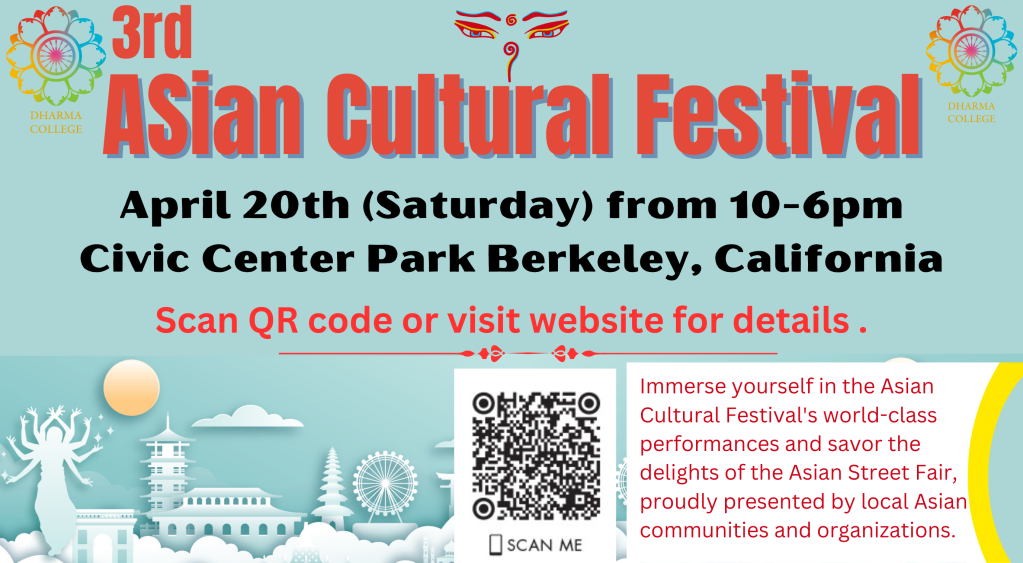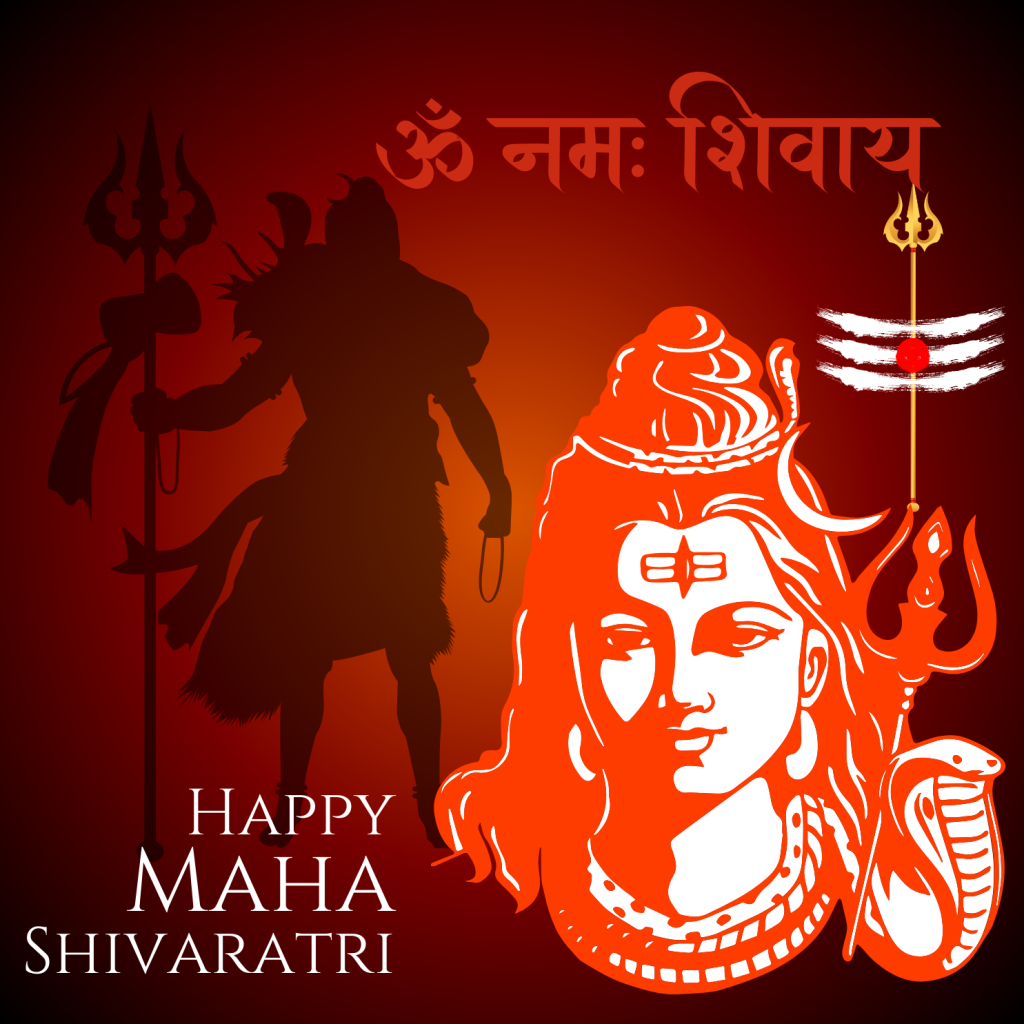Teej Festival is popularly known as Dar khane din or nachney, gaune and barta basney (means having grand feast, dancing and fasting) festival specially observed by Nepali Hindu women. It takes place in August or early November. The festival is celebrated three days long followed by feast dance and a rigid fasting. It is rigid in the sense while taking fasting women even don’t drink water for whole day and end up their fasting when their husband offer water to break the fasting.
Through this religious fasting, Hindu women pray for marital delight, good health and happiness of their spouse and children and purification of their own body and soul. Traditionally, the ceremony of Teej is mandatory for all Hindu married women and girls who have reached puberty. Exception is made for the ones who are ill or physically frail. In such circumstances a priest performs the service.
According to the holy books, the Goddess Parbati fasted and prayed passionately for the great Lord Shiva to become her other half. Touched by her devotion, he accepted Parbati as his wife. Later Goddess Parbati, in gratitude sent her messengers to preach and propagate this religious fasting among mortal women, promising prosperity and longevity with their family. That is the reason why this festival is observed.
Please click on the photos to view last years teej celebration in Berkeley, Sunnyvalle and Richmond ca.
This festival is observed three days long. The first day is called the “Dar Khane Din”. On this day the women, both married and unmarried, assemble at one place. All the participant women start dancing and singing devotional and merry making songs. Then the grand feast takes place. The jollity often goes on till midnight, now days with the growing Nepalese community in different parts of the world this festival is widely celebrated for more than a week according to their time and leave. For example when we see Nepali Online Medias we find the news of celebrating such festival in their respective countries as a means of get together and sharing their joys and sorrows. We find is widely celebrated in USA, European countries, Middle East, Russia, Australia and of course it is mainly celebrated in Nepal and India. After dancing and having grand after which the 24 – hour fast commences.
In Nepal Merrily dressed women especially red saris can be seen dancing and singing at their home or in Shiva temples or Pashupatinath temple in Kathmandu, Nepal. In the Pashupatinath temple where women worship shiva Lingam, the symbol of the lord shiva by offering flowers, sweets and coins. On the day most of the women plead to God for their blessings to husband and family. After the main puja they light the oil lamp which should be alight throughout the night just keeping attention that it doesn’t go off or lit off the light if goes off they believe it bring bad fortune to their husband or the family. The third day of the festival is Panchami on that too they take fasting and offer sweets, flowers to god and worship.
After the completion of the previous day’s puja, women worship to various deities and bathe with red mud found on the roots of the sacred Datiwan bush (Achyranthes is a medicinal and ornamental plants in the Amaranthaceae family.) along with its leaves. This act of cleansing is the concluding custom of Teej, It is believed that after completion of all these they become wholesome and indulgence. Though such severe and rigid systems have changed in the recent years but they still consider and have devotion on this festival that make them compelled to take at least a fasting on that day. As a result its essence remains no matter how much the Nepalese women have changed their life style and way of thinking. No matter how far they have gone and live in foreign land but it shows that Nepalese women have and will always carry on having faith in this festival.
Now days the world has become a global village and Nepalese are living diverse part of the world, but they have taken their feast and festivals with them, no matter how and when they celebrate it but we often see in online media that different festivals of Nepal are being celebrated in their parts of the Globe. It shows that we are not migrating ourselves but we have taken a lively and vivid cultural heritage with us.
Similarly Teej has become one of the popular festivals of Nepalese community living here in our society (Hamrosamaj) too in bay area. Since last couple of years the women of Bay area especially Berkeley, Albany, El Cerrito, San Francisco and Sunnyvale area perform this festival in small and large gathering.
This year with the growing Bhutanese Nepali community in US they are too celebrating this festival for the first time in Berkeley on 22nd Aug 2009. They have called it a fundraising dinner party on the auspicious occasion of Teej festival. This festival is not only popular among the married women but also in unmarried girls who perform this festival hoping to get better life partner. As a result group of people are celebrating this festival within their community, but I have observed this festival persist more than a week long celebration in Bay area since last three years ( a small group of women living in Russell apartment performed it in 2004 and as it got more attraction to other Nepalese women and they started organizing this festival among their groups but now it is celebrated among the large gathering in a restaurant and enjoy dancing till mid night , but the trend of celebrating in family gathering is still carried out more places and different locations, though it could be a small group but at least thirty to hundred women gather and celebrate it just as a get together and fun than performing it strict and rigid way of worshiping and taking painstaking fasting.
It shows that when one migrates from one place to another they carry with them not only their family and belongings but also their faith, culture, language and of course their religious believes. If it is good and popular among them they persist forever or they just disappear in course of time and circumstances but I think this kind of festival will always remain in distant land too. At least such unique festivals remind them their root and their own identity. It could be just a fun in this busy schedule to meet likeminded folks and celebrate. Or it could be just a time to decorate oneself with beautiful saris, ornaments and enjoy traditional foods and have lots of fun or to reflect own cultural and national identity. Whatever reasons it could be but it is unique and genuinely a sparkling festival of Nepal.





One response to “TEEJ: A UNIQUE AND SPARKLING FESTIVAL OF NEPAL”
Reblogged this on Dhruva's Creation…….